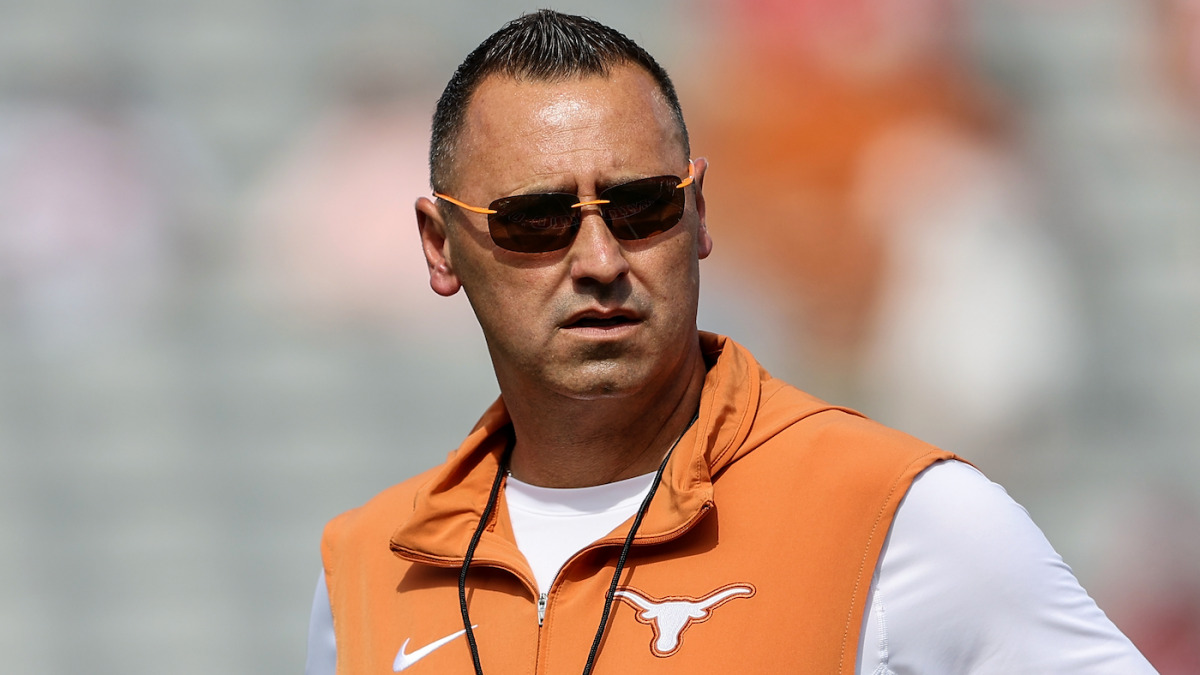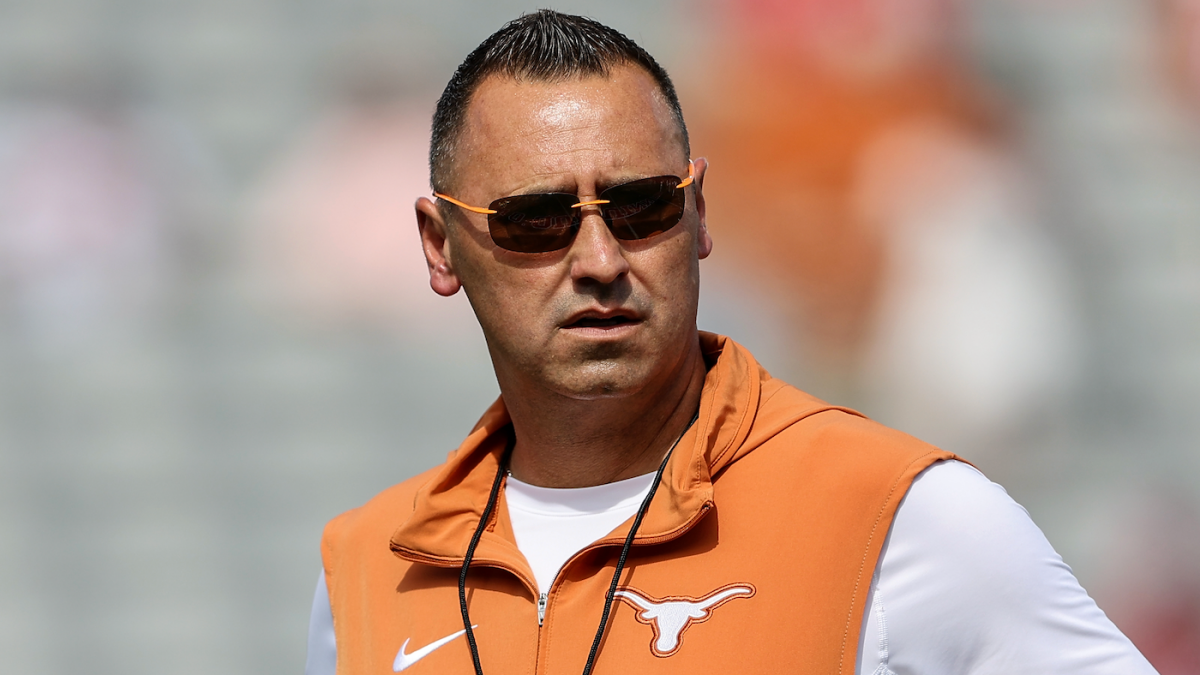The Shifting Sands of College Football: Steve Sarkisian, NIL, and the Specter of a Salary Cap
Introduction: A New Era in College Football
College football is in the midst of a profound transformation. The sport, long governed by strict amateurism rules, has been upended by the introduction of Name, Image, and Likeness (NIL) deals and the transfer portal. These changes have created a new financial landscape where players can now profit from their personal brands, altering the dynamics of recruitment, team building, and competition. At the center of this shift is Steve Sarkisian, the head coach of the Texas Longhorns, who is navigating these uncharted waters with a blend of pragmatism and caution. His approach offers a window into the broader challenges and opportunities facing college football as it grapples with the implications of NIL and the potential introduction of a salary cap.
The NIL Gold Rush: Opportunities and Challenges
The advent of NIL deals has been a game-changer for college athletes. For decades, these athletes generated billions of dollars in revenue for their universities and the NCAA through ticket sales, merchandise, and broadcasting rights, yet they were barred from sharing in the financial benefits of their labor. NIL has opened the door for players to monetize their fame through endorsements, social media promotions, and other ventures, providing them with a long-overdue opportunity to capitalize on their marketability.
However, the reality of NIL is more complex than its proponents initially envisioned. While the policy was intended to empower athletes, it has also introduced new challenges. The most pressing concern is the potential for NIL deals to become a form of “pay-for-play,” where schools use financial incentives to lure top recruits. This has raised ethical questions about whether these deals are truly based on market value or are simply thinly veiled inducements to attend a particular school.
Steve Sarkisian has acknowledged this tension, noting that while money is now a factor in building a roster, it is not the sole determinant of success. His comments reflect a broader debate within the sport about how to balance the financial realities of NIL with the need to maintain integrity and fairness. The fear is that without proper oversight, NIL could exacerbate existing inequalities, with wealthier programs using their financial resources to dominate the sport.
The Salary Cap Debate: Leveling the Playing Field
As NIL deals become more prevalent and the financial stakes continue to rise, the discussion around a potential salary cap in college football has gained momentum. A salary cap, similar to those used in professional sports leagues, would limit the amount of money that a school could spend on its entire roster. Proponents argue that such a cap is necessary to prevent a small number of wealthy programs from monopolizing the sport and to ensure that smaller schools have a chance to compete.
Lane Kiffin, the head coach of Ole Miss, has been a vocal advocate for a hard salary cap, particularly in light of revenue sharing. His stance reflects a growing sentiment among coaches and administrators that some form of financial regulation is needed to maintain the long-term health and competitiveness of the sport. Without a cap, there is a risk that college football will become increasingly stratified, with a clear divide between the “haves” and the “have-nots.”
Steve Sarkisian has also weighed in on the salary cap debate, suggesting that some form of enforcement is inevitable. He has warned that programs will eventually face consequences for breaching NIL-related financial restrictions, indicating that the current system is unsustainable. While he has not outright endorsed a salary cap, his comments suggest a recognition that the sport is at a crossroads and that significant changes are on the horizon.
The Texas Longhorns: A Case Study in Adaptation
As the head coach of one of the most prominent programs in college football, Steve Sarkisian is at the forefront of this evolving landscape. His ability to navigate the complexities of NIL and the potential implementation of a salary cap will be crucial to the success of the Texas Longhorns. Sarkisian’s approach appears to be one of cautious optimism, acknowledging the financial realities of the new era while also emphasizing the importance of maintaining a strong team culture and developing players both on and off the field.
The University of Texas has demonstrated its confidence in Sarkisian by approving a contract extension and raise, underscoring the institution’s commitment to his leadership. This financial investment reflects a belief that Sarkisian can guide the Longhorns to continued success in this new era of college football. However, his success will depend not only on his ability to attract top talent but also on his ability to manage the financial expectations of his players and the potential pitfalls of NIL.
Sarkisian must strike a delicate balance between providing opportunities for his players to profit from their NIL while ensuring that team cohesion and a commitment to the program’s goals remain paramount. This will require a nuanced approach that recognizes the financial incentives of NIL without allowing them to overshadow the traditional values of college football.
Beyond the Money: The Enduring Values of College Football
While the financial aspects of college football have become increasingly prominent, it is important to remember the enduring values that have traditionally defined the sport. Teamwork, discipline, and the pursuit of excellence remain essential components of a successful program. Coaches like Sarkisian must find ways to integrate the new financial realities of NIL with these traditional values.
The emphasis on player development, both on and off the field, is crucial. While NIL deals can provide financial benefits, they should not overshadow the importance of academic success, personal growth, and the development of life skills. A successful college football program should prepare its players not only for the gridiron but also for life beyond the sport.
Sarkisian’s focus on building a strong culture within the Texas Longhorns program reflects this philosophy. He understands that while NIL deals can be a powerful tool for attracting talent, they are not a substitute for the intangible qualities that define a successful team. His ability to balance these competing priorities will be key to his long-term success.
Conclusion: The Future of College Football
College football stands at a crossroads. The introduction of NIL and the potential implementation of a salary cap have created both opportunities and challenges for the sport. The decisions made by coaches, administrators, and governing bodies in the coming years will determine the future of college football.
Steve Sarkisian, as the head coach of the Texas Longhorns, is a key figure in this unfolding drama. His ability to navigate the complexities of NIL, manage the financial expectations of his players, and maintain a commitment to the enduring values of the sport will be crucial to his success and the success of his program. The journey is far from over, and the destination remains uncertain. But one thing is clear: the future of college football will be shaped by the choices made by leaders like Sarkisian in this era of unprecedented change. The game has changed; how coaches adapt will write the next chapter.












